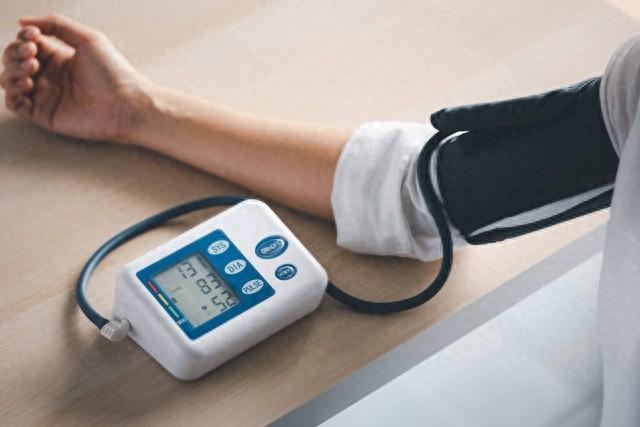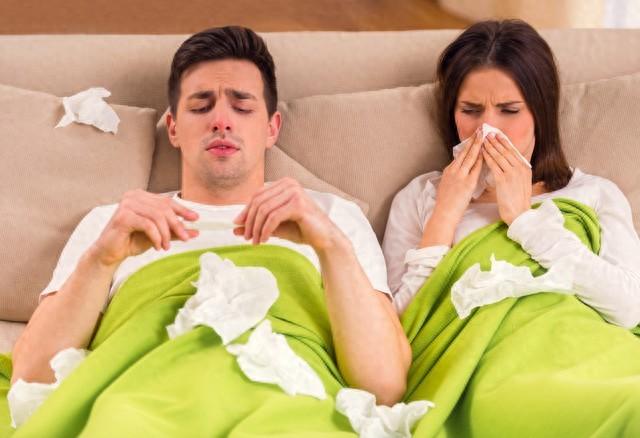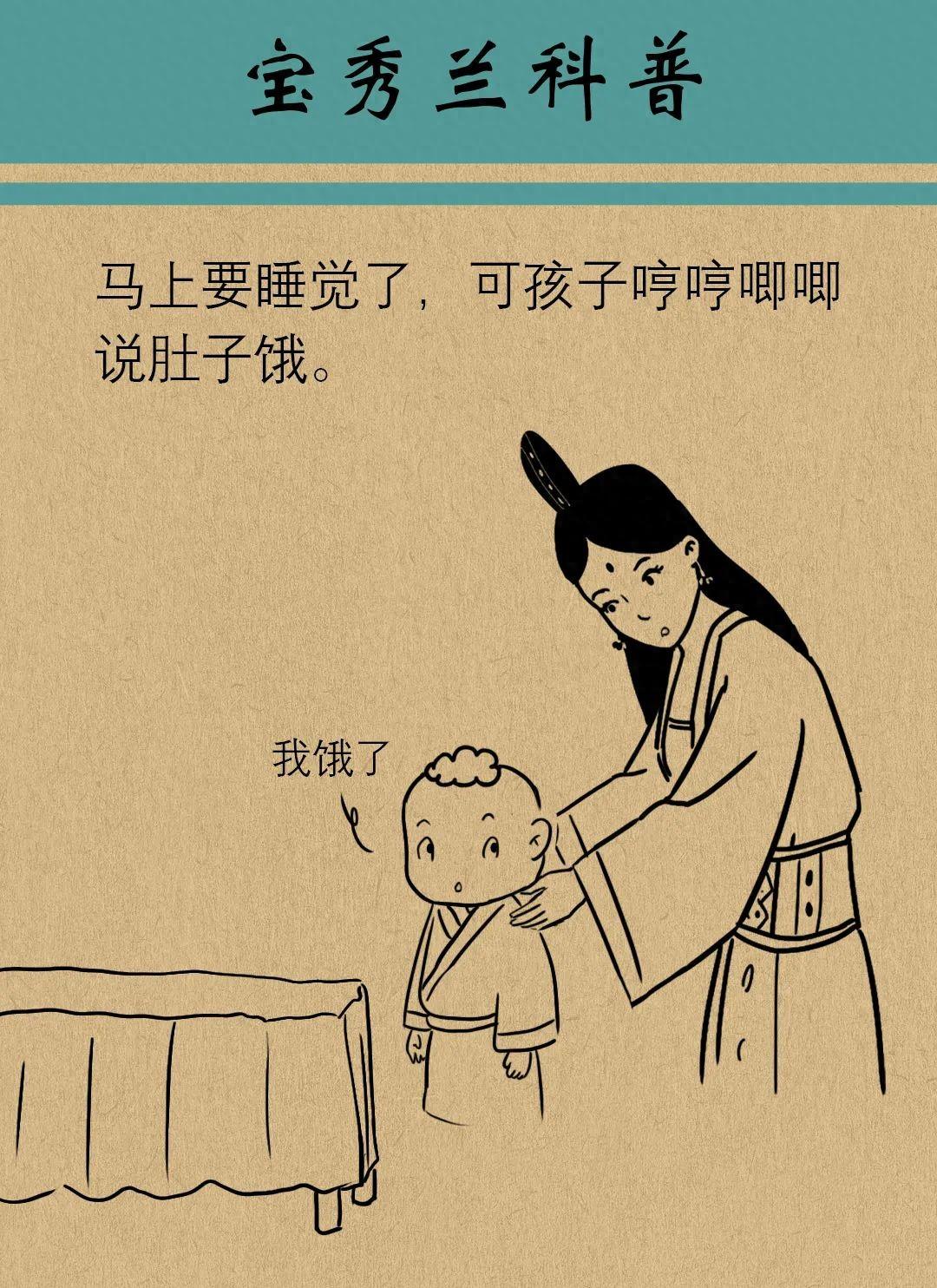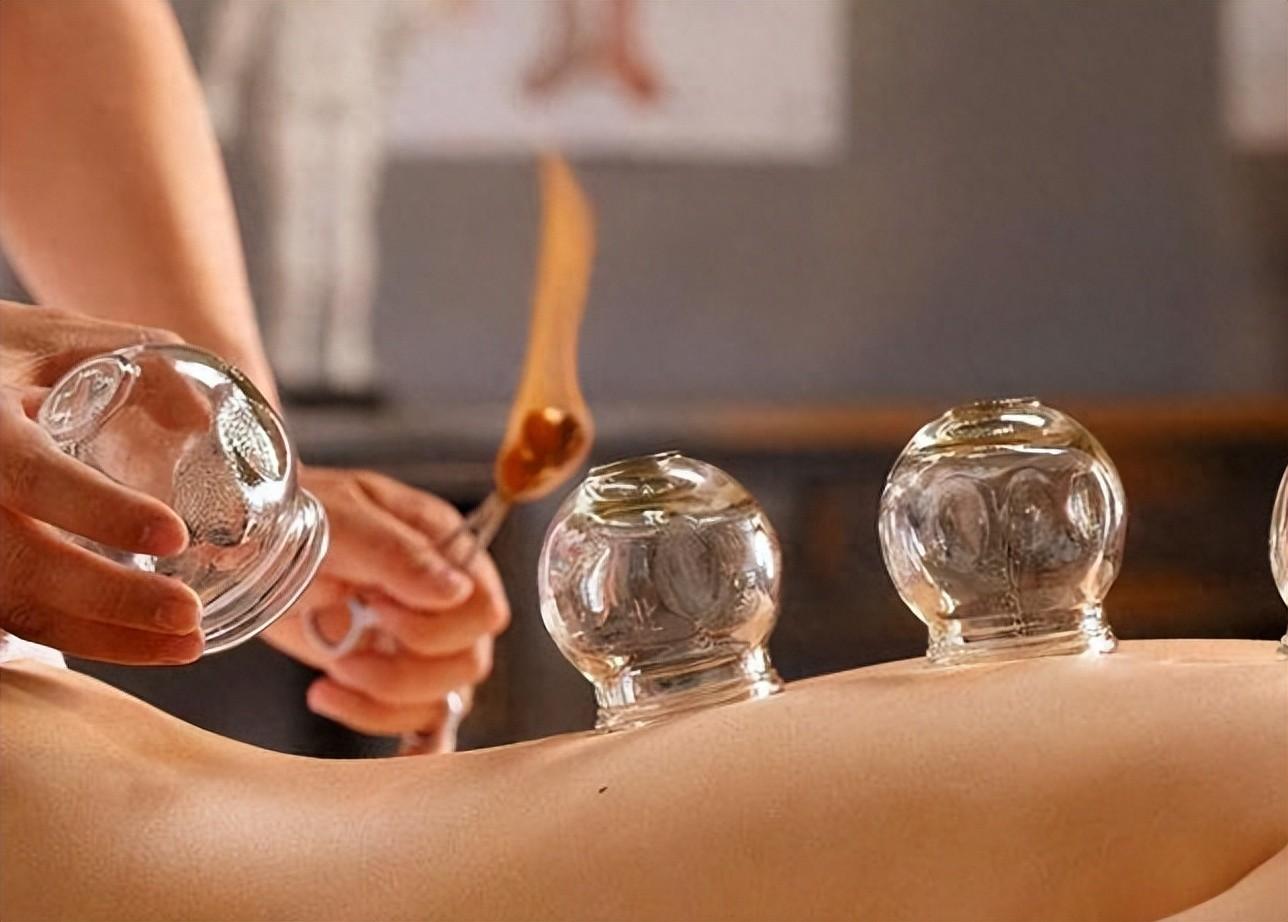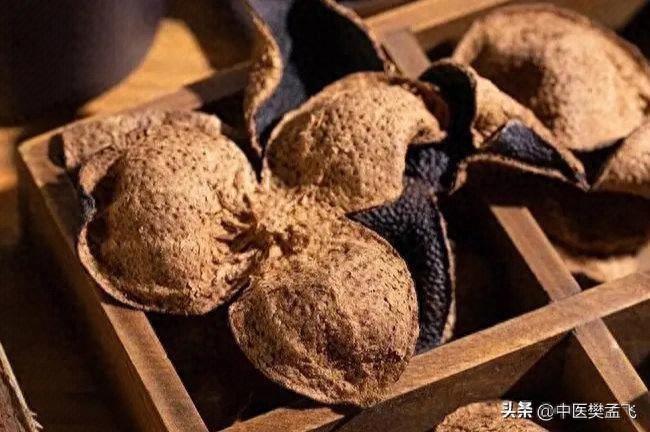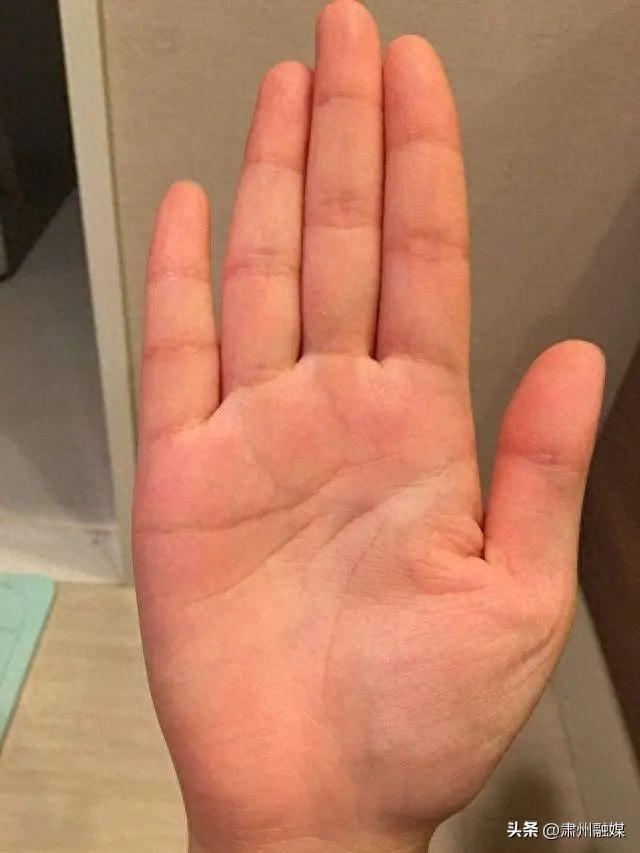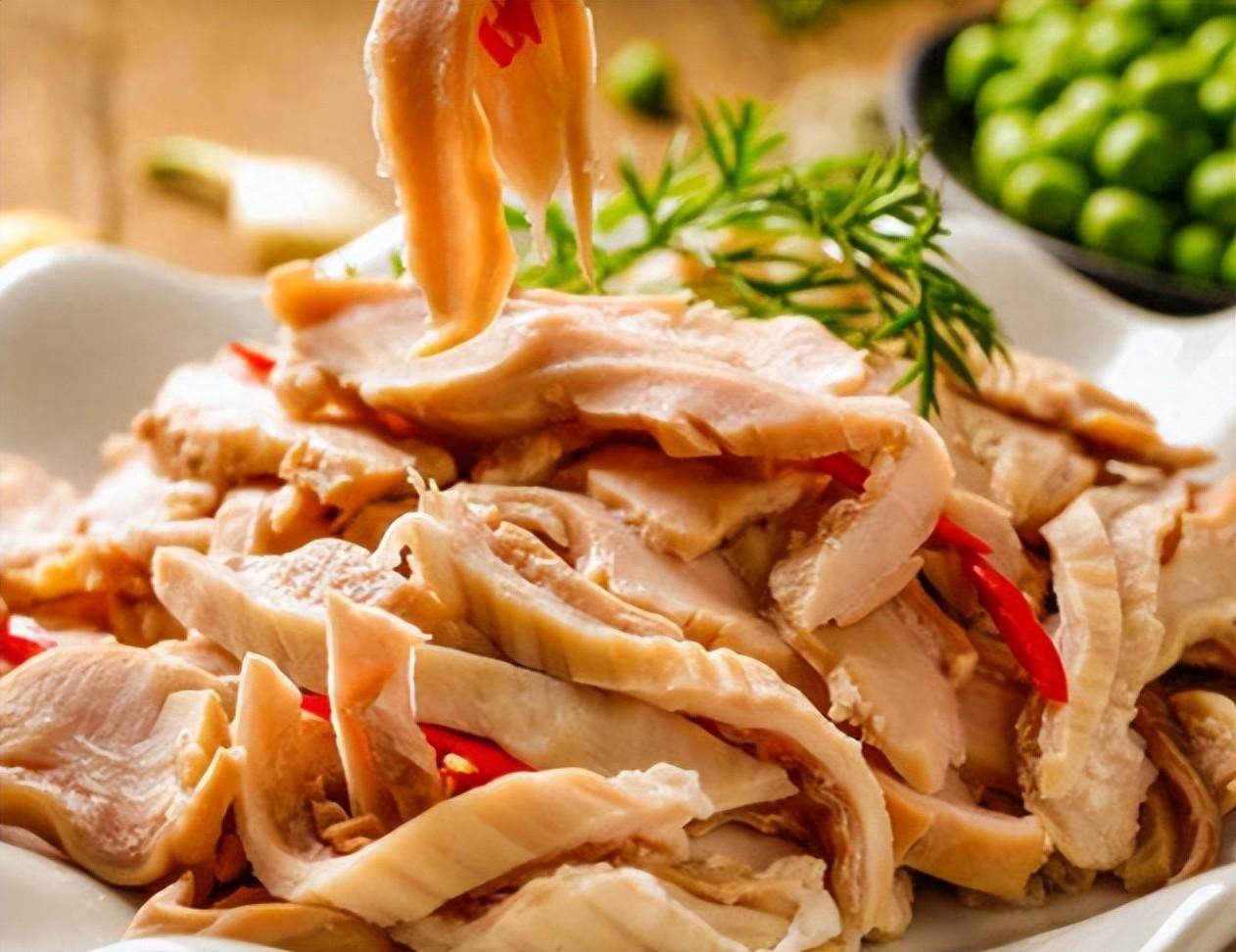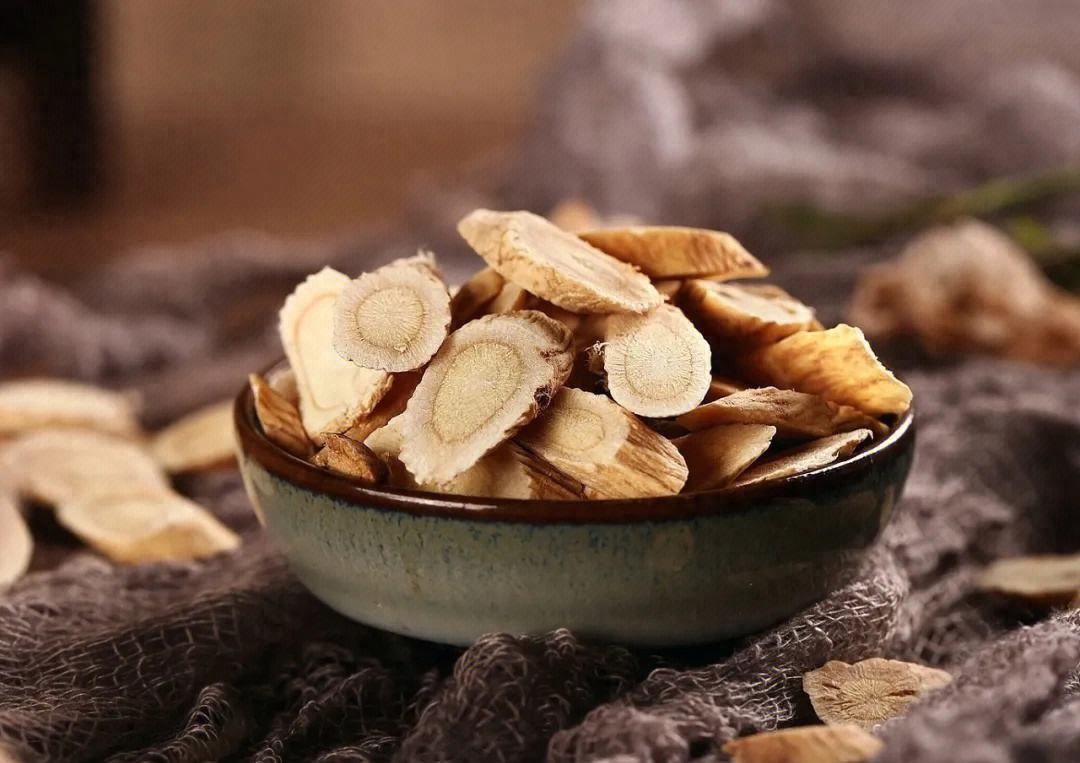Water Consumption: Is Boiling, Bottled, or Tap Water Healthier? - ecotherapy for natural stress reduction
ecotherapy for natural stress reduction Water Consumption: Is Boiling, Bottled, or Tap Water Healthier?yoga practices for stress reliefstress reduction with warm bathsstress reduction bedtime routinesstress reduction with sound therapy IntroductionWater is essential for human life, but the source of our hydration can impact our health. Some individuals prefer to boil their own water, while others opt for bottled or tap water due to concerns about the quality of their local supply
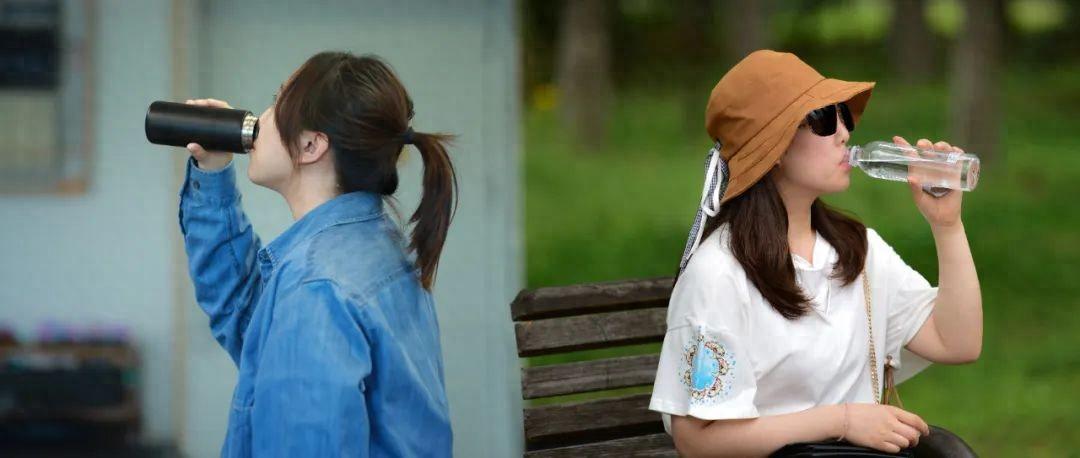
ecotherapy for natural stress reduction
Water Consumption: Is Boiling, Bottled, or Tap Water Healthier?
yoga practices for stress relief

stress reduction with warm baths
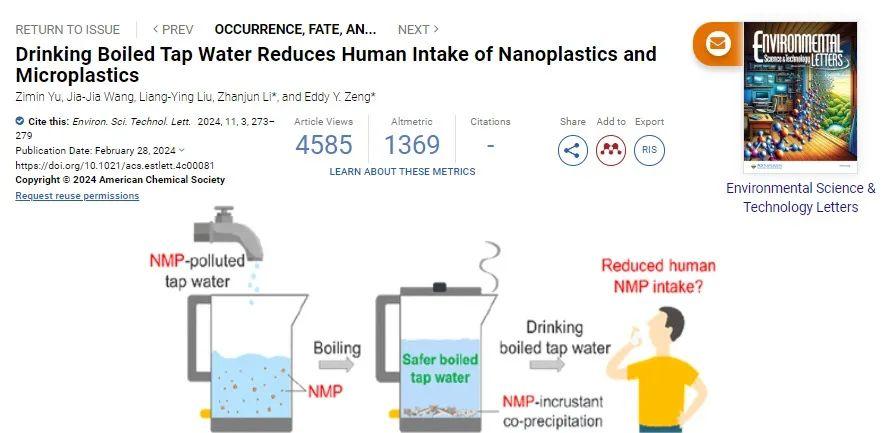
stress reduction bedtime routines
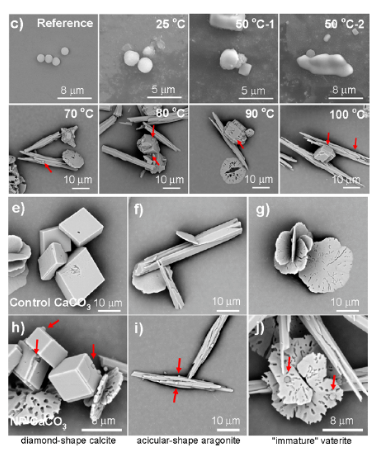
stress reduction with sound therapy
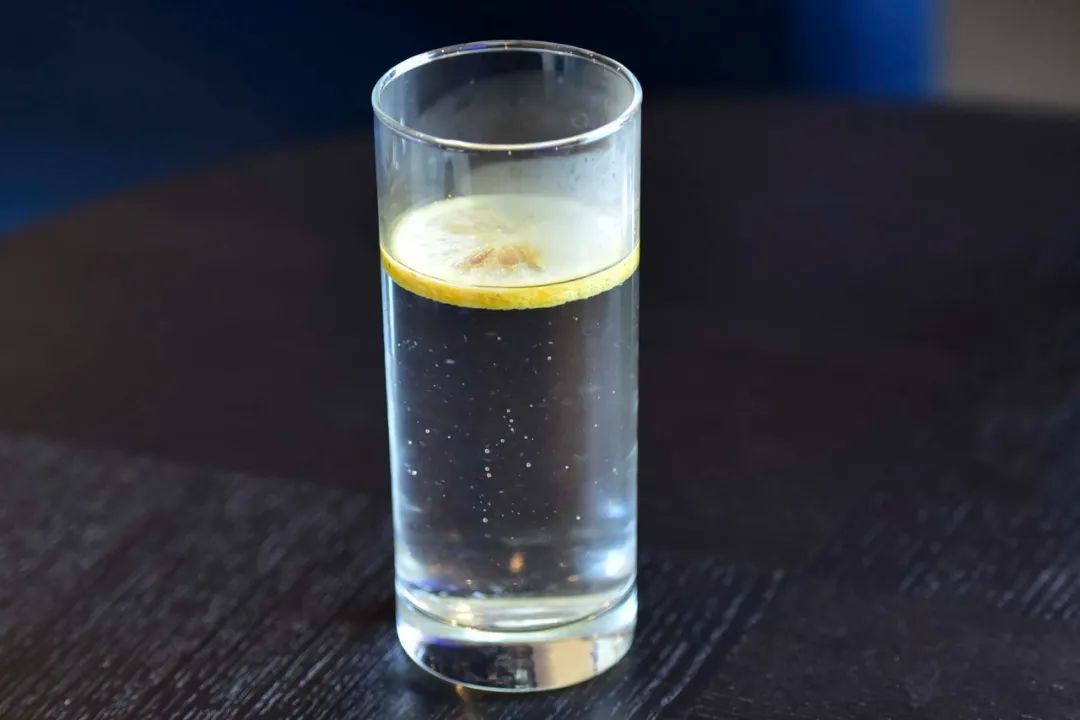
Introduction
Water is essential for human life, but the source of our hydration can impact our health. Some individuals prefer to boil their own water, while others opt for bottled or tap water due to concerns about the quality of their local supply. This article explores the health implications of these different water sources, specifically focusing on the presence of microplastics.
Microplastics: An Emerging Health Concern
Microplastics, tiny plastic particles less than 5 millimeters in size, have become a pervasive environmental and health concern. They can infiltrate water sources, ecosystems, and even our bodies. Numerous studies have linked microplastics to various adverse health effects, raising questions about the safety of water consumption.
Bottled Water: A Source of Microplastics?
A recent study published in the journal Proceedings of The National Academy of Sciences (PNAS) found that bottled water contains an average of 240,000 detectable plastic particles per liter. These "nano-plastics," smaller than one micrometer, can penetrate our cells and potentially travel to vital organs, including the heart and brain. Additionally, the study revealed that squeezing or exposing bottled water to high temperatures can release microplastic fragments into the water.
Tap Water: Not Immune to Microplastics
While bottled water has received considerable attention for its microplastic content, tap water is not exempt. A 2019 report by the World Health Organization (WHO) detected microplastics in various water sources, including marine environments, wastewater, freshwater, and both bottled and tap water.
Boiling Water: A Simple and Effective Solution
Fortunately, studies have shown that boiling water can significantly reduce microplastic levels. A 2024 study published in Environmental Science & Technology Letters found that boiling tap water and then filtering it removed up to 84% of nano- and microplastics. This method is a practical and harmless way to reduce microplastic intake through drinking water.
The study analyzed the efficiency of boiling water at different temperatures, demonstrating that microplastic removal increased gradually with rising temperatures, from 2% at 25C to 84% at 100C. This suggests that the formation of calcium carbonate scale during boiling binds to microplastics, facilitating their removal.
Comparison: Bottled vs. Tap vs. Boiled Water
Based on the available research, comparing microplastic exposure from different water sources, boiling tap water significantly reduces ingestion compared to bottled or tap water alone. This is because boiling water effectively removes the majority of microplastics.
Reducing Microplastic Intake: Practical Habits
In addition to boiling water, several daily habits can help minimize microplastic ingestion:
1. Limit Single-Use Plastics: Avoid disposable plastic utensils, cups, bowls, and packaging.
2. Boil Your Water: Boil tap water and store it in glass, enamel, or stainless steel containers.
3. Avoid Plastic Liners: Do not line bowls with plastic bags for hot food.
4. Use Reusable Straws: Reduce the use of plastic straws, especially with hot beverages.
5. Limit Processed Foods: Processed foods often come in multiple layers of plastic packaging, increasing the risk of microplastic contamination.
Conclusion
The presence of microplastics in water sources is a concern that requires attention. While bottled water may not necessarily be a healthier choice, boiling tap water provides a simple and effective solution to reduce microplastic exposure. By adopting the habits outlined above, individuals can minimize their intake of these harmful particles.
References
1. Naixin Qian, Xin Gao, Xiaoqi Lang, et al. Rapid single-particle chemical imaging of nanoplastics by SRS microscopy, Proceedings of The National Academy of Sciences, 2024, DOI: 10.1073/pnas.2300582121.
2. 2019-08-22 World Health Organization WHO Drinking Water Report on Microplastics
3. Zimin Yu, Jia-Jia Wang, Liang-Ying Liu, Zhanjun Li, and Eddy Y. Zeng. Drinking Boiled Tap Water Reduces Human Intake of Nanoplastics and Microplastics. Environmental Science & Technology Letters Article ASAP. DOI: 10.1021/acs.estlett.4c00081
4. 2023-12-18 Henan Province No. 1 Hospital Nutrition Department Microplastics - Invisible Killers of Human Health
Disclaimer: The content of this article is sourced from the internet. The copyright of the text, images, and other materials belongs to the original author. The platform reprints the materials for the purpose of conveying more information. The content of the article is for reference and learning only, and should not be used for commercial purposes. If it infringes on your legitimate rights and interests, please contact us promptly and we will handle it as soon as possible! We respect copyright and are committed to protecting it. Thank you for sharing.(Email:[email protected])

